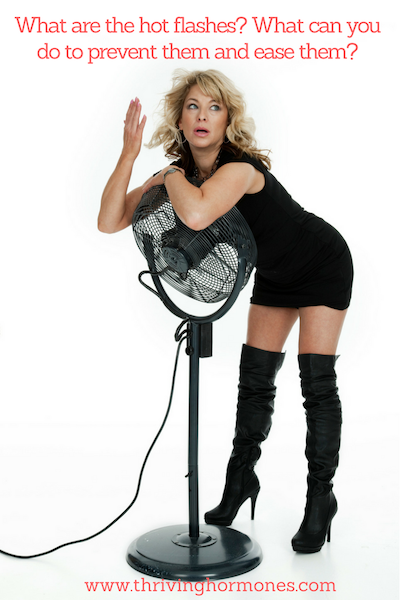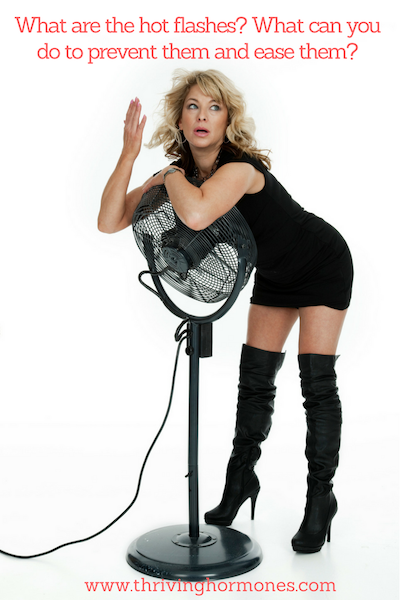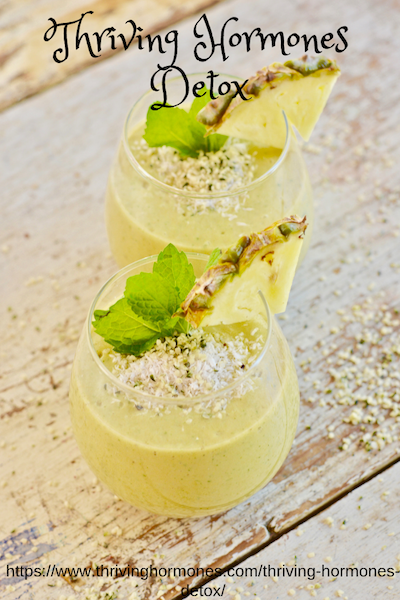What are the hot flashes? What can you do prevent them and ease them
Menopause comes with many problems. One of the most common complaints I get from clients is hot flushes during menopause.
Hot flushes or vasomotor flushes (nervous system reactions by the part of your brain which regulates your body temperature) are characterized by the sudden feeling of body heat, flushing, and sweating especially around the neck and head. They are unmistakable. You can feel pressure in the head, your pulse will speed up and your skin, head, neck, and chest will feel warm as your blood rushes to the surface. They can last form 2-5 minutes, then they will dissipate, and you will feel cold.
Some women can experience shortness of breath, vertigo, weakness, dizziness, headache, numbness, insomnia, irritability, itchy skin and a racing heart.
The frequency and intensity vary greatly, and some women can experience only one hot flush daily, others can have numerous flashes through the day.
The specific reason for hot flushes appears to be caused by the natural decrease in estrogen and progesterone.
Hot flashes are the first signs of menopause and start while women still have the period. Hot flashes tend to be the most uncomfortable in the first two years of menopause and subside as the body adapts to lower levels of estrogen.
What can you do to cool hot flushes naturally?
1. Nutritional help
-balance your blood sugar
– reduce sugar from your menu
– take out white flour form your food list
– reduce the amount of caffeine you consume
– stop drinking alcohol
– reduce the heat in your diet
– eat food rich in phytoestrogens, like flax seeds, sesame seeds, fenugreek, and soy (if you want to eat soy ake sure that always fermented and organic, like tempeh or soy sauce). Phytoestrogens are naturally occurring estrogens found in plants. They contain isoflavonoids, which are chemically similar to estrogen found in the human body. They reduce and modulate menopausal symptoms
– add citrus bioflavonoids to your menu
– take vitamin E: prevent dry vaginal tissue and heart disease
– take vitamin C: helps strengthen the adrenal function, which is crucial because after menopause they take over the production of hormones.
2. Botanicals
Variety of herbs has been used to alleviate menopausal symptoms. One of the most popular herbs which can help with hot flushes is black cohosh, Siberian ginseng, or dong quai. They are rich in natural estrogen, which will help normalize hormone levels in the body.
Cool herbal teas are great for reducing hot flashes. You can use mint, chamomile or linden flower, which will have a soothing and calming effect.
Sage will help with night hot flashes. Drink a cup of sage tea before you go to bed.
Motherwort is another excellent herbal ally for menopausal women. It will help you to be more relaxed, and it will calm heart palpitation often associated with hot flashes.
Passionflower is excellent for insomnia which is associated with menopause.
Herbal infusion such as nettles, oat straw, and red clover is great for replenishing minerals like magnesium, potassium and vitamin C. They will nourish adrenals.
Drink teas with dandelion and yellow dock to help with liver detoxification. The liver detoxifies metabolized hormones so that they won’t circulate back in the system.
Fenugreek teas are excellent for relieving hot flushes, and they are delicious.
3. Aromatherapy
Aromatherapy is great for releasing tension and relieving the discomfort of hot flashes. Best way to use aromatherapy is to take relaxing baths and use diffusers.
Make sure you avoid hot bath as they will raise your body temperature. Use lukewarm water with clary sage, geranium, rose, lavender and frankincense essential oil. They all help balance hormones.
You can also use a couple of drops of those oil with a carrier oil and massage around your ovaries.
You can enjoy the cooling benefits of aromatherapy by carrying a spray bottle filled with refreshing facial mist. Use cooling oils such a geranium or peppermint.
Diffuse thyme or basil oil or inhale it.
4. Keep it cool.
Drink plenty of water and iced herbal infusions.
5. Exercise decreases hot flashes by reducing the amount of circulation of LH and FSH, by tonyfing and nourishing the hypothalamus, and raising endorphin levels (which are decreased by hot flashes)
6. Try out homeopathic remedies, which can be very effecting for reducing hot flashes such as Lachesis.
7. Natural progesterone has been shown to reduce hot flashes in some women. You can get a progesterone cream over the counter at health food store. Make sure to do some research about it and follow the instruction on the package.
8. Bio-identical Hormone Replacements Therapy. You can use estrogen cream to reduce hot flashes. Find a health practitioner who specializes in this therapy.
9. Meditation and breath work also help with reducing hot flashes. Practice relaxing belly breath work and meditation daily for 10 minutes.
Hot flash relief tea
2 tablespoon fenugreek seeds
2 tablespoons garden sage
2 tablespoons dandelion root
1 tablespoon chamomile
1 tablespoon passionflower
4 cups of water
Pour boiling water over herbs. Let it steep overnight. Strain and drink 1 cup before you go to bed.
Enjoy!
If you want to reduce hot flashes join me for my NEW THRIVING HORMONES DETOX HERE!
In Health,
Angie



